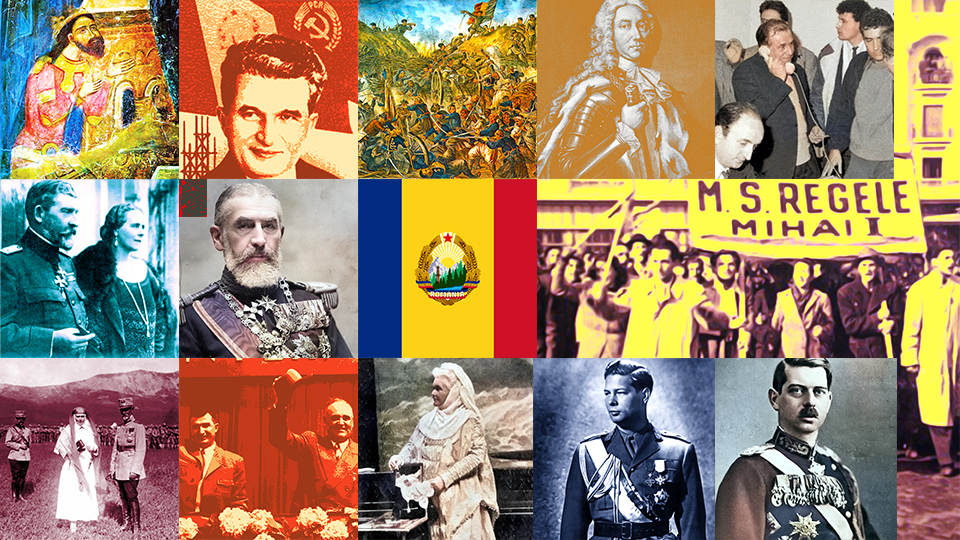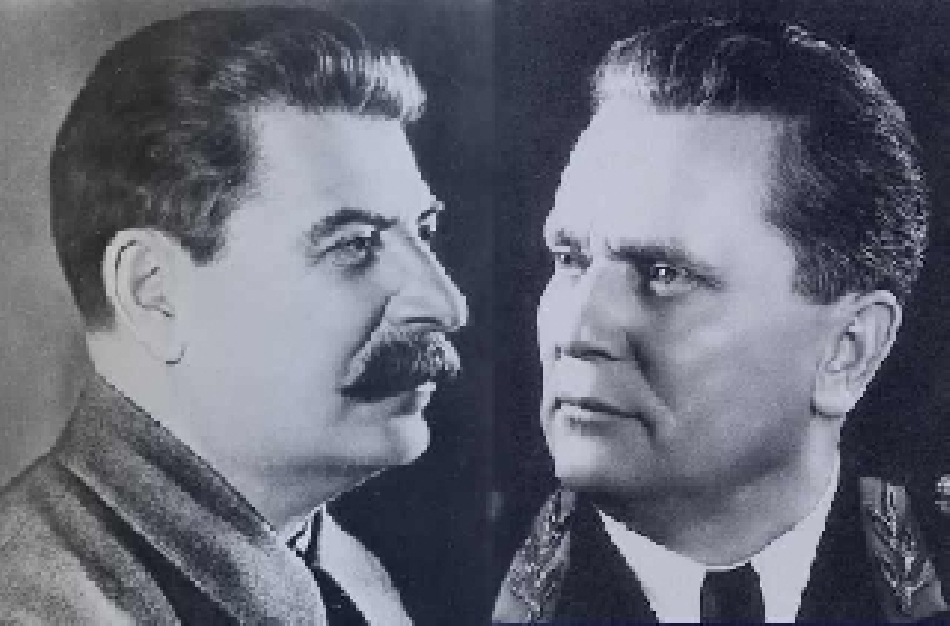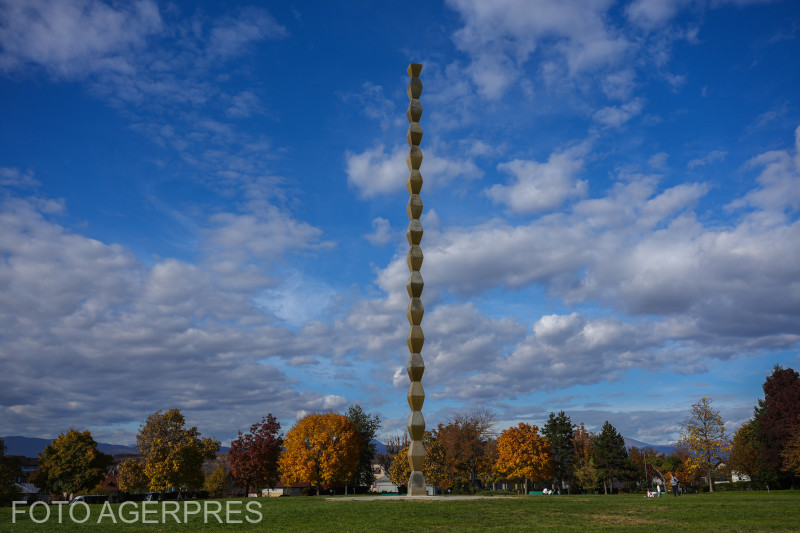The Romanian Military Navy in the Second World War
The Romanian Military Navy in the Second World War was mainly assigned combat missions against the Soviet Union. Taking part in such missions were the three submarines belonging to the Romanian fleet: “The Dolphin, “The Pudding and “The Shark.

Steliu Lambru, 01.08.2016, 23:33
“The Dolphin” was the biggest of the three submarines, also being the only one that sank a Russian cargo vessel.Sailors on “The Shark” joined the Romanian Navy’s efforts during the war and although they did not engage in direct confrontations with the enemy, they took part in espionage and deterrence missions in the Black Sea, targeting the Soviets. Built in the Galati Shipyard between 1938 and 1941, “The Shark” was almost 70 meters long, 6.5 meters wide, it had two 800 HP Diesel and two 600 HP electrical engines. The submarine had an 88 mm ship cannon, a 20mm anti-aircraft cannon, six torpedoes and was served by a crew made of 45 sailors.
Alexandru Greceanu was an officer in the Romania Royal Navy and a member of the crew on “The Shark”. In an interview to Radio Romania’s Oral History Center in 1995, Alexandru Greceanu spoke of the missions he took part in, with the submarine. Given the characteristics of the Black Sea, which is a closed-in sea, submarines were strictly used for protection, also blocking war ships in the seaports.
Alexandru Greceanu: ”The first mission of ‘The Shark’ submarine was a mix of warfare and training actions. It was supposed to submerge on a patrolling mission off the Anatolian Coast, in order to identify the Black Sea commercial routes, linking Russian to Turkish ports, respectively. As part of the mission, over April 21st and 22nd, 1944, at a time when the United Nations put military, psychological and political pressure on Turkey in order to secure its support in the conflict, we had to make sure Turkey did not become an ally of the United Nations. To that effect, we received a radiogram in which we were asked to take a tour of all Turkish ports, without entering them, in order to detect what the best-stocked port was, in terms of loading and unloading facilities for ships. We were assigned to place ourselves in front of that port, and if Turkey entered the war as a United Nations ally, we were supposed to intervene and block, through torpedoing, the ships in that port. It took us three days to identify it, it was the port of Sungula, through which Turkey carried out 80 to 90% of its coal traffic and export, it was the main port in a coal-mining region. We discovered 5-6 ships, we placed ourselves in front of the port, right at the entrance, sailing through a mine barrage, and we stayed there for 24 hours. After 24 hours, we received the news that Turkey refused to become a United Nations’ ally, because the UN did not provide the security of its coasts. Taking all that into account, we received a telegraphic order which changed our mission and we sailed in front of the Batumi port, to block it.”
Besides patrolling missions, “The Shark” was designed for attack missions ready to fight back when attacked. In spite of the relatively small strategic importance of the Black Sea, the region was the theatre of a genuine psychological war.
Alexandru Greceanu: “The second part of its first mission, off the coasts of the Caucasus, wasn’t a simple surveillance mission. The mission was actually designed to harass the Soviet submarine hunters as they had their fleet blocked in the Caucasian ports and were carrying out surveillance missions with planes and destroyers hunting for submarines in the region. And we had to change position from one port to another so that they may lose track. Moreover, the season was also unfavourable as it was almost June with long days and short nights and we had only up to five hours to resurface and fill air tanks at night. We relied on a couple of hours to do all the operations related to the environment.”
Missions of the sailors on “The Shark” submarine grew in complexity as the enemy became stronger. Alexandru Greceanu brings us further details on the submarine’s second mission off the Soviet coasts: “The second mission took place a month later, on June 15th and came to a close on July 29th. Its main aim was to block supply convoys off the coasts of Sevastopol, which in the meantime had fallen, and we had to prevent arms and supplies from reaching Crimea. It was a difficult mission because Soviet planes and destroyers were patrolling a mile – a mile and a half from the coasts, to foil our attacks. I don’t remember if there were three days in a row, during which we were not spotted. Therefore, we had to take the submarine close to the crush depth. Planes strafed us and we got depth charges thrown at us most of the time and that eventually damaged the sweet water tanks forcing us to rationalize water for the past two weeks.”
When the war ended, both “The Shark” and two other Romanian submarines were captured by the Red Army and used for spare parts for Soviet subs.





























